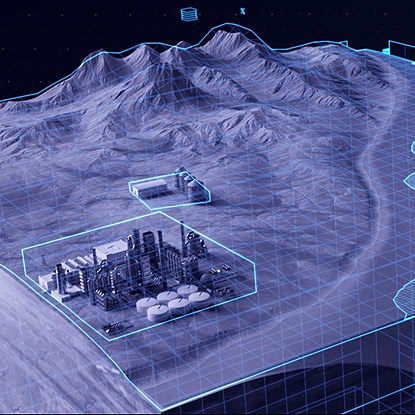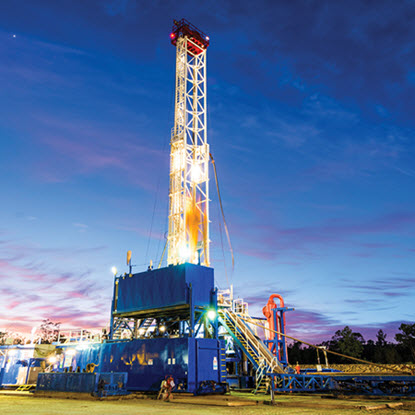
For a brave heart, nothing is impossible.
BP Upstream’s Chief Executive, Bernard Looney, makes a compelling case for digital transformation.
Drilling is an expensive business. No surprises there, but let’s just recap on some of the numbers.
For the average onshore operator, drilling and completing costs account for between 40% and 50% of total capital spend—not just leasing rigs, but also the cost of engineering services and project management. Offshore, these costs can rise to 65%.
These are attention-grabbing statistics that reflect the complexity of the work needed to plan and drill for hydrocarbons.
They also highlight the pivotal role of well construction and operation in helping the oil and gas industry to solve its pressing efficiency challenge. If 50% or more of spend is in this area, even small improvements can make a big difference to overall budgets.
Now let’s set these numbers against some other statistics. One leading offshore operator tells me that 30% to 40% of its drilling engineering time is spent collating data. Another industry source estimates that current well planning and well construction processes use just 1% of the information potentially available. Just 1%.
If we put these two sets of numbers together, we have an equation for well construction practices that just doesn’t add up. On the one hand, we have a complex and costly process eating up vast amounts of spend. On the other, we have engineers struggling to find and use the very information that could help them to drill more quickly, effectively, and safely—and at a lower cost.
We want to change that equation.
With the release of our new integrated well construction solution, we’re preparing to help the drilling industry grasp one of the biggest opportunities available to it today—connecting data and people to revolutionize workflows and achieve a step change in drilling performance.
The potential rewards are high—even a small impact on efficiency or reduction in non-productive time could result in substantial savings. But in these stringent times, the industry is rightly focusing on bigger gains. In a UK Oil & Gas Authority (OGA)-backed Wells Hackathon in Aberdeen, it was predicted that a 50% reduction in well construction costs could release 30 to 60 additional wells each year on the UK Continental Shelf, unlocking further potential hydrocarbon recovery of 1 billion barrels of oil equivalent. Reducing well construction costs is one of five top priorities for the OGA’s Technology Leadership Board.
But how might we go about achieving such a huge step change? A 50% reduction in costs is a huge target to aim for.
This is where we need to revisit our equation, and consider how radically changing the flow of information could support such a step change in drilling performance.
We all know that well planning and well construction is a complex process, involving multiple parties and domains, working in different locations and at different stages of the cycle.
What if we were able to turn traditional working practices on their head? What if we could replace the linear well planning process with a streamlined collaborative model that enabled each member of the team to see and input data into the well construction plan in real time, via a common platform? Imagine the transformational impact of this.
Well construction plans would be completed in radically shorter timescales due to the administrative burden of the process being significantly reduced. Instead of cutting and pasting data from thousands of emails to complete the plan, it would be shared seamlessly in a common environment. Real-time communication between the disparate team would cut out the frustration of waiting for data, and time-consuming manual resets of the plan would be a thing of the past.
Imagine how powerful it would be if we could optimize the drilling plan by building in learnings from other projects that had faced similar challenges, instead of starting the whole process from scratch each time. We would begin to build a rich seam of data to help us fast-track the planning process and free up valuable engineering time for other tasks.
These are just some of the ways in which Schlumberger is preparing to radically change the drilling equation. It’s all about breaking down the barriers. We’ve identified them and we do not accept that they have to be part of our working lives. With our new well construction solution, we’ve found bold new ways to overcome them and to free the drilling industry to transform how it works in the future.


BP Upstream’s Chief Executive, Bernard Looney, makes a compelling case for digital transformation.

Catherine MacGregor, President—Drilling Group, Schlumberger, on making every well your best well.